2008 Toyota Land Cruiser Review
In the movie “Out of Africa,” Denys Finch-Hatton’s 1923 International Harvester stalls on an open savannah amidst a herd of seriously cranky water buffalo. After a few nervous minutes tinkering with the engine, Denys tells Karen Blixen (Meryl Streep) to manually crank the engine. It explodes to life, and they continue their illicit journey into cinematic history. Substitute a Canon DSLR for Blixen’s .416 Rigby, and in my mind, I’m there. As for the Harvester… what about an all-new 2008 Toyota Land Cruiser?
Sticking with the cinematic theme, the new Land Cruiser’s sheetmetal is still as tight and creaseless as a Hollywood actress’ Botox-pickled brow. Subtle fender bulges give way to doors as expansive and flat as the Serengeti itself. The big rig’s headlights and turn signals are integrated into massive light clusters, flanking a supersized grille, sporting the now familiar Schick shtick. The sidelights’ silhouette now tapers sportingly; a single failed attempt to ameliorate the off-roader’s overall blockishness.
In sum, the new Land Cruiser looks thoroughly modern and endlessly generic: a Rav4 writ large. Once again, the casual observer could be forgiven for confusing the pride of Aichi for any one of America’s current crop of increasingly milquetoast motorized Mastodons. Given the ongoing antipathy towards genuine body-on-frame SUVs in some quarters, it may be a welcome case of hiding in plain site.
Inside, plain is the word. While the Land Cruiser’s helm offers a suitably majestic view of the landscape, the dashboard geography is a Toyota parts’ bin job; a throw it against the wall and see what sticks farrago of cowled gauges, glove aversive buttons, shiny knobs, LCD displays and ugly vents. Buttons under and behind the steering wheel? A single knob stuck on the side of the center stack? The Land Cruiser’s cabin is more rock fall than rock garden.
Strange to say, there is comfort to be found in the stiff though not brittle plastic adorning nearly every surface. It serves notice that the obviously not a fashion icon Land Cruiser was designed for long-haul duty in harsh climes, where cleanliness is nowhere near godliness. Even minor features such as the second row seat flip-out cup holders feel ready for half a million miles of hardscrabble living. Still, a starter button in an SUV?
The new, slightly larger Land Cruiser has enough cargo capacity for a month in the veld. For supermarket safaris, the second row offers the go-along gang plenty of leg room– more than the Cruiser’s [in name only] 4Runner. As is the way of such things, the Cruiser’s third-row fold down jump seats are best reserved for “time outs” or rewarded as “time served.”
The Land Cruiser is powered by the same luscious 5.7-liter V8 introduced in the new Tundra full-size pickup. Mated to a quick-witted six-speed transmission, stumping-up 381hp and 401 ft. lbs. worth of “I’m an SUV, get me out of here” torque, it’s Cruiser by name, cruiser by nature. Thirteen mpg city fuel economy may leave the environmentally conscious gasping for breath, but the Cruiser’s mighty mill is never caught short of puff. Entering, exiting or overtaking on the highway is epically effortless.
Through the corners… forget it. Keeping the 74” tall 5690 lbs. SUV plumb is more than the stabilizer bar-equipped coil springs suspension configuration can manage. At least the motions are predictable and relatively free of bounce and rebound.
The Land Cruiser is newly bestowed with Lexus’ trick Kinetic Dynamic Suspension System (KDSS). Interconnecting hydraulic cylinders attached to the front and rear stabilizer bars respond to unequal wheel loading to facilitate greater articulation, keeping the wheels in contact with an uneven surface. The 200 Series also gets Crawl Control; it applies throttle and brakes to maintain uniform low speed suitable for the roughest roads. Innovative, but isn’t that what a driver’s for?
The new Land Cruiser’s off-road electronic arsenal is awesome, but truly adventurous souls won’t be impressed. Toyota’s reliability rep aside, fixing software glitches in the kind of places where you would really need the off-road gizmos is an impossibility. (That Harvester was ratty, but mechanically malleable.) And if you’re not using the Land Cruiser off-road, why not opt for the cheaper, more luxurious Toyota Sequoia? All of which leaves the technologically triumphant Land Cruiser in the middle of nowhere.
And very expensive real estate it is too. My gas-guzzling test model rang-in at a whopping $79,143, including a $5K “market adjustment.” Demand outstripping supply? Not for long, Mr. Bond. There are only so many people willing to fork-out that kind of cash for capability they don’t need, from a brand (and an interior) with a decidedly downmarket demeanor. Economic conditions forced Karen Blixen to sell her coffee farm in British East Africa. Economics will take the wind out of the sales of Toyota’s bigger, better prairie schooner.
More by William C Montgomery
Latest Car Reviews
Read moreLatest Product Reviews
Read moreRecent Comments
- MaintenanceCosts Nobody here seems to acknowledge that there are multiple use cases for cars.Some people spend all their time driving all over the country and need every mile and minute of time savings. ICE cars are better for them right now.Some people only drive locally and fly when they travel. For them, there's probably a range number that works, and they don't really need more. For the uses for which we use our EV, that would be around 150 miles. The other thing about a low range requirement is it can make 120V charging viable. If you don't drive more than an average of about 40 miles/day, you can probably get enough electrons through a wall outlet. We spent over two years charging our Bolt only through 120V, while our house was getting rebuilt, and never had an issue.Those are extremes. There are all sorts of use cases in between, which probably represent the majority of drivers. For some users, what's needed is more range. But I think for most users, what's needed is better charging. Retrofit apartment garages like Tim's with 240V outlets at every spot. Install more L3 chargers in supermarket parking lots and alongside gas stations. Make chargers that work like Tesla Superchargers as ubiquitous as gas stations, and EV charging will not be an issue for most users.
- MaintenanceCosts I don't have an opinion on whether any one plant unionizing is the right answer, but the employees sure need to have the right to organize. Unions or the credible threat of unionization are the only thing, history has proven, that can keep employers honest. Without it, we've seen over and over, the employers have complete power over the workers and feel free to exploit the workers however they see fit. (And don't tell me "oh, the workers can just leave" - in an oligopolistic industry, working conditions quickly converge, and there's not another employer right around the corner.)
- Kjhkjlhkjhkljh kljhjkhjklhkjh [h3]Wake me up when it is a 1989 635Csi with a M88/3[/h3]
- BrandX "I can charge using the 240V outlets, sure, but it’s slow."No it's not. That's what all home chargers use - 240V.
- Jalop1991 does the odometer represent itself in an analog fashion? Will the numbers roll slowly and stop wherever, or do they just blink to the next number like any old boring modern car?
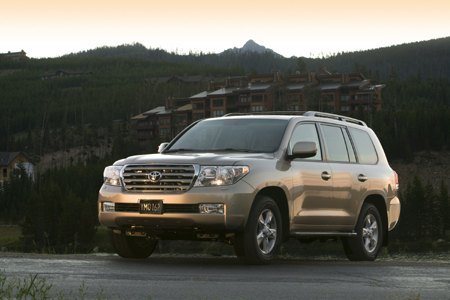

















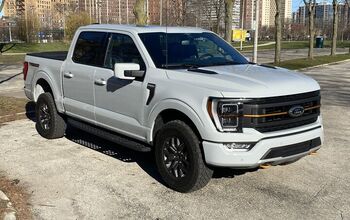
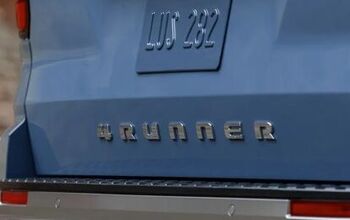
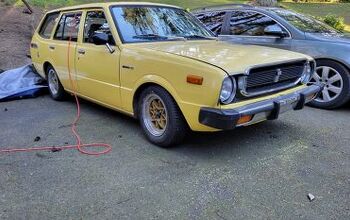
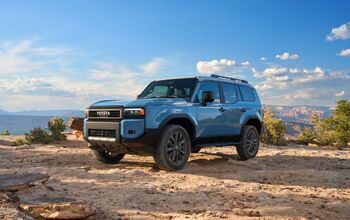
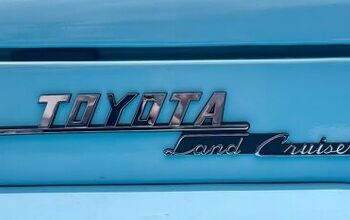
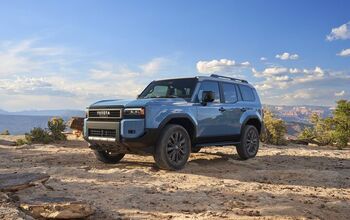
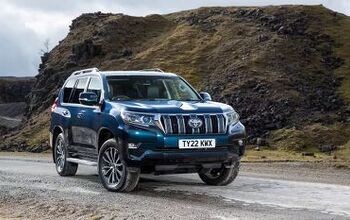
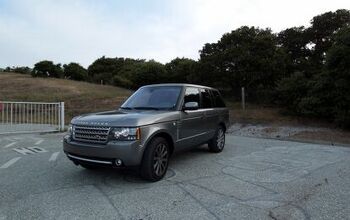
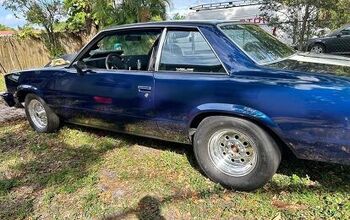
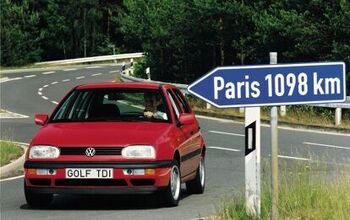
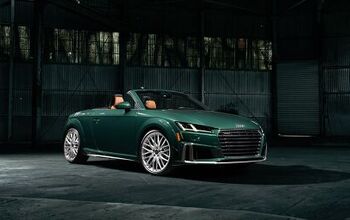

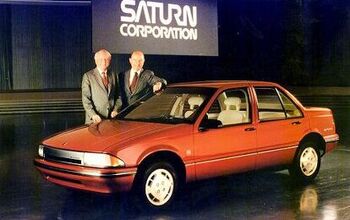
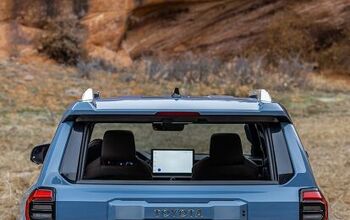
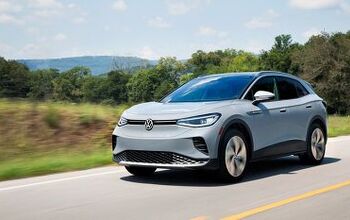
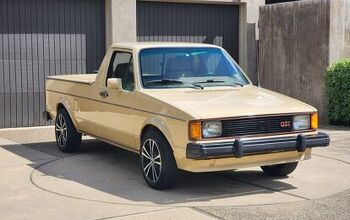
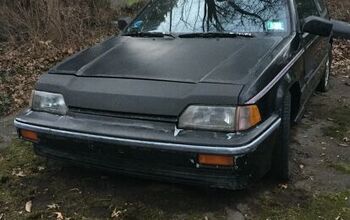

Comments
Join the conversation
silverkris is right although he gfoes a little too far. those moneyed elites include farmers and developing countries include australia. basicly if you crop a few thousand hectares and you dont go to europe as soon as harvest is over then you own one own these. playdrv4me, the only point to rangerovers is to out of keep wankers landcruisers, a real 4x4 can drive off road without the shitty air bag suspension collapsing
I thought farmers in Australia like utes, the locally manufactured Holdens and Fords. But I guess the ones with money can buy the 'Cruisers and Range Rovers. I was thinking of elite ruling class people in places like Pakistan and Haiti, where they like to drive Pajeros and Land Cruisers. In Pakistan I call em wadera-mobiles, a wadera is a landlord or "feudal" as they call 'em.